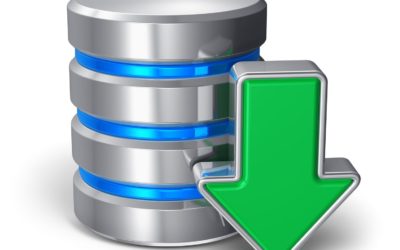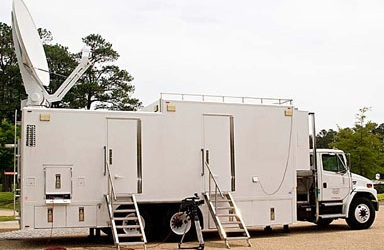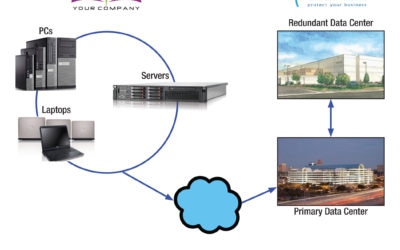Many organizations have annual disaster recovery (DR) test requirements, whether to run production operations from a secondary facility for several days or test the functionality of systems and applications running in a DR facility while production workloads run as usual. Every business should have a disaster recovery plan and perform a DR test, especially with recent virus and ransomware activity.
In the past, disaster recovery was much more complex. However, virtualization and cloud technologies significantly improved DR capabilities and the ability to run workloads in separate or multiple locations. While advantageous, it is crucial to check the functionality of systems, processes, and people resources.
How often should I perform a disaster recovery test?
Your business needs and requirements will determine the testing frequency, but an annual test is usually sufficient for many. It is essential to schedule the test well in advance, especially if it involves a third party. Finding time for all parties as the end of the year approaches will be difficult. If you make significant infrastructure or application changes, it may be worth performing an additional test.
What are the goals of a disaster recovery test?
While you may think the goals of a DR test are obvious, setting objectives helps keep tasks in scope and focused. Implementing a disaster recovery testing plan helps. You want to verify connectivity and application functionality and ensure you have the appropriate users available to assist. Believe it or not, running into problems during your DR test can be a good thing so you can resolve the issues. You do not want to encounter issues during an actual emergency!
Some issues we have discovered while performing DR tests for customers:
- Old, unsupported, or end-of-life operating systems
- Unsupported operating systems that are too new (beta, just released)
- Old versions of virtual machines and hypervisors
- Unpatched servers take a long time to bring up, as they apply patches automatically. (Note: Be sure to follow regular patching practices.)
- Incomplete networking documentation
Disasters can happen at any time. Performing a disaster recovery test allows organizations to prepare ahead of a crisis and remediate issues before a disaster occurs. In addition to applications and systems testing, tests will enable you to fine-tune call trees, identify application owners and stakeholders, and understand the process of turning on DR workloads.
More Disaster Recovery Articles
RPO and RTO Monitoring
A critical step in creating a disaster recovery solution is determining your RPO (restore point objective) and your RTO (restore time objective). In essence, these are the point in time that you need your data recovered to, and how fast you need to achieve that...
Mobile disaster recovery trucks – are they a good idea?
Service trucks have never been as en vogue as they are today. Nearly everyone is familiar with the mobile trade shows and health care stations, and more recently become adept at Twitter stalking the locations of the ubiquitous food trucks doting the urban landscape....
The Benefits of Cloud Disaster Recovery
In our earlier post, Cloud Disaster Recovery – Why the hype?, we took gave a basic definition of cloud disaster recovery and took a look at how Cloud DR compared with traditional disaster recovery solutions. In this second installment, we discuss the benefits of...
Cloud Disaster Recovery – Why the hype?
Cloud Storage Services There’s a lot of buzz around cloud services. Everything from accounting to telecommunications to everyday computing with virtual desktops, it’s all moving to the cloud. It’s not the wave of the future - it’s what’s happening now. Companies are...




0 Comments